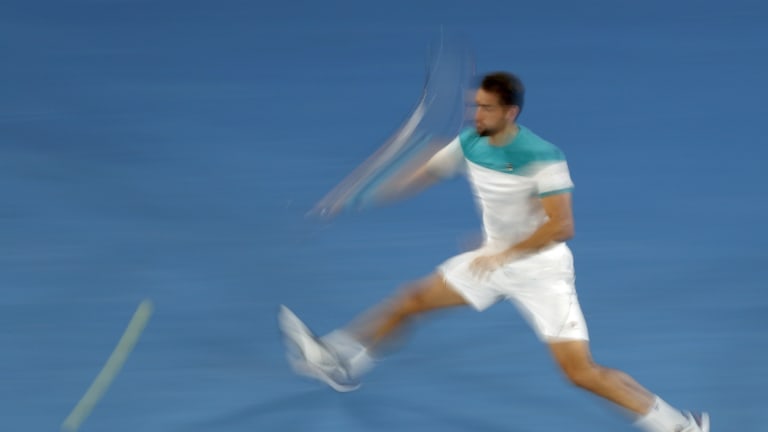When Roger Federer came to Melbourne for the 2017 Australian Open after six months away from the game with a knee injury, he had not won a Grand Slam tournament for an awfully long time. His last triumphant journey at a major had been in 2012 at Wimbledon Since that victory, he had appeared in 15 majors, reaching three finals, losing them all to his magnificent rival Novak Djokovic. There were many astute members of the tennis community who believed that he would never again collect one of the premier prizes.
But Federer improbably won that Australian Open a year ago, and now he has done it again Down Under. By virtue of a memorable five-set triumph over Marin Cilic, Federer took the Australian Open title for the sixth time to tie Djokovic and Roy Emerson for the most men’s titles won, raised his record in Grand Slam tournament finals to 20-10, improved his career five-set record to 30-20, and collected a 96th career singles title. For the Swiss Maestro, it was time to celebrate another prodigious achievement at the start of a new season, and surely a moment to savor forever.
Federer had not defended a major championship victory since the 2008 US Open. But the most remarkable thing to consider as we reflect on the latest Federer display of greatness is simply this: the 36-year-old has now won three of the four majors that he has contested since the start of the 2017 season. No one, note even Federer himself, could have imagined such a scenario only 12 months ago. But here he is, sweeping through history once more, treating every big win as if he had never done it before, competing with a quiet fury that is his most underrated trait.
He needed more than a measure of mental toughness to stop Cilic on this occasion. It was a final round contest that Federer seemed destined to win comfortably, but ultimately he needed to bear down hard in the trenches to pull away inexorably down the stretch in the fifth set. It was not his most sterling performance on a prominent stage, and he might well have been beaten if Cilic was made of stronger emotional stock.
But after fighting ferociously for three hours and three minutes under the roof in Rod Laver Arena on an evening that was so humid that even the unflappable and fastidious Federer looked drenched at times, none of that mattered. He got the job done with unwavering pride. He came through with his customary professionalism. He did what a champion is supposed to do, and found success because he refused to accept failure. Federer reaffirmed how difficult it is to beat him when his mind is set on something of importance.

